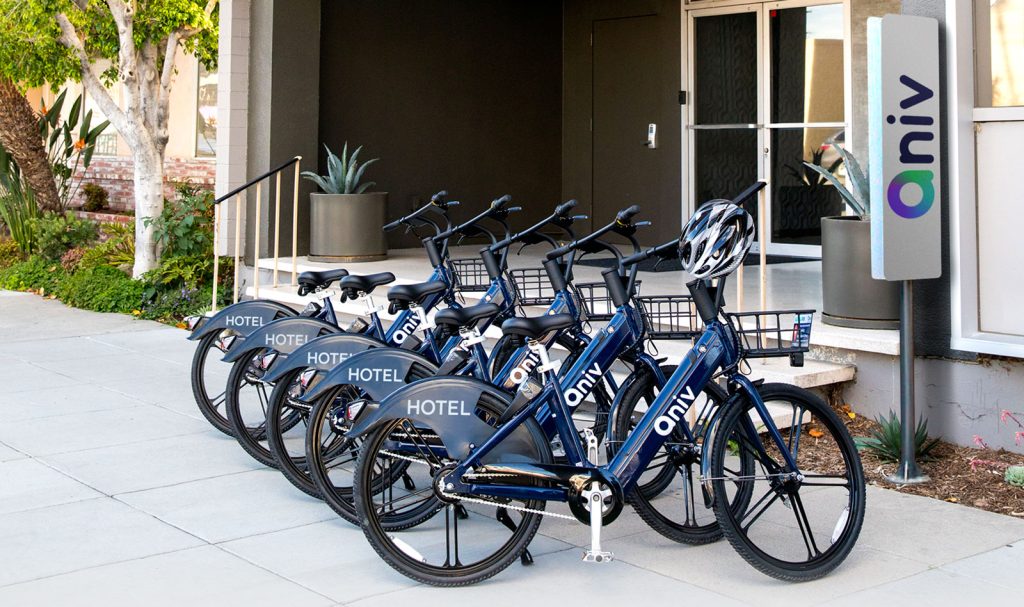Do you remember the world before the COVID-19 hit the world? Honestly, sometimes it is getting harder to remember those careless days with no masks, public gatherings, and urban life. The world now looks different. With the pandemic, impacting the world from different perspectives, the mobility landscape also changes.
Mostly comprising e-bikes, e-scooters, and other small-scaled portable modes of transport, shared micro-mobility has an unexpected success story in recent times. Within only a year of introduction to the world’s largest cities, e-scooters were found in more than 626 cities and had as many as 300 million trips worldwide.
The main reason hidden behind this success, was the convenience, the positive impact on the environment, and the positive impact on crowding.

Before the success, there is the Failure
Things were going pretty well until COVID-19 hit the world and micro-mobility took a big hit as well. Just when the micro-mobility industry was getting to gear, things started to fall apart because of the lockdown.
“There are a few trends: COVID-19 has made municipal transport have a really bad time. It is hemorrhaging cash, ridership is down, and people are concerned about sharing public transport. This presents an opportunity for micro-mobility form factors, and the new e-bike, e-scooter, e-motorcycle, and moped companies all serving slightly different users and use cases”
Julie Lein, Managing Partner of Urban Innovation Fund
In addition to the pandemic, human mobility was also another aspect that changed dramatically. As urban life decreased, the necessity of renting an e-scooter or an e-bike also decreased. So the challenges were from both sides: less demand and contamination risks.
In fact, micro-mobility tends to decrease the level of risk of getting infected, as people do not have to share public transportation and vehicles. Instead, the rider takes control of the trip with just one click and with the help of software, designed specifically for the vehicle.
The Tech sector takes the stage
Despite the dead-end situation, Information technologies took the stage and things came back to their order. More and more micro-mobility companies started to suggest innovative solutions, tackling challenges of decreasing the contamination risks, offering special solutions for hygiene. By using AI to forecast the local demand, they started optimizing the distribution process, as well as controlling and managing risks such as theft.
In fact, now, what the modern man needs, is to move from A to B with minimum effort and maximum speed. That is what e-scooters and e-bikes suggest. So the short answer to the question of “Is Micro-Mobility the future?” is YES. So with that in mind, more and more entrepreneurs tend to start businesses in the field. Now, instead of managing the whole micro-mobility system, ANIV suggests one solution for hundreds of problems. ANIV is a franchising platform that suggests opportunities to run the whole business in just one app.
The single app allows multiple franchises to scale the network, efficiently manage the fleet using AI data-driven software, and make additional income from the advertisement platform.
Want to be a part of the developing ecosystem? Start your journey with ANIV.




